If you teach music in a school classroom setting, chances are that you went through certain protocols to make sure that both you and your students would be protected. In the U.S., when you apply for any job in a school setting, whether paid of volunteer, you are required to go through a background check. This is a good thing as we want to make sure those who are teaching in our schools don’t have a history that would compromise a child’s safety.
In the independent private studios, things work a little bit differently. Unless you decide to be screened voluntarily, there is no particular requirements like you would find in a school setting or perhaps a commercial studio setting where your employer might require a background check. It is totally up to us to make sure protection policies and plans are in place.
Did you know there is a Code of Ethics, Commitment to Students if you are a member of MTNA?
This isn’t an easy subject to talk about as nobody wants to even consider that a teacher may cross boundaries with a student or that a student might not be truthful when they are upset at a teacher. But sadly, these things do happen. So what can we do to protect both students and ourselves?
I would like to share 10 ways you can help protect both you and your students. Keep in mind, I am in the United States so some of the things I will talk about may be different for you. If you are in Canada, I would recommend reading Rebekah Maxner’s post on child protection policy and plan.
Disclaimer: in no way does this blog post take the place of legal counsel or demonstrate required action needed to be taken in your local jurisdiction. Please contact your local police department or CPS department to learn what steps to take in your area.
1- Never Be Alone
For my studio, this one is easy because I include a music lab station in my studio. I always have 2-3 students here at the same time. While one student is working with me, the other student(s) are working on an assignment in a music lab station. The lab room has double doors that open up to the same room I am teaching in so everyone is in eyesight.
If you don’t have this type of set up and only see one student at a time, then it is a good idea to either invite a parent to stay during the lesson or have a family member around. If that is not an option, then #2 might work best for you.
2- Record Lessons
If you are alone with a student, recording the lesson is a good idea. Plus, you can use it in a couple different ways later on. You can send the student a copy of the recording to help them practice that week and you can use it to observe your teaching.
What if you teach online? No problem! Most of the online platforms (Zoom, Skype, Google Hangouts…) include a recording option.
3- Leave the Door Open
If you are teaching in a studio where there are individual rooms but no window, it may be a good idea to leave the door open. Now I know sometimes this isn’t possible especially when there are other lessons going on just a few steps away, but if it is possible, do it. Otherwise consider the #2 record lesson option, or #1 invite a parent or guardian to stay.
4- Asking Permission
In music lessons we know that there are many occasions where it is helpful to move a child’s hand, guide their finger to just the right technique position, etc. On these occasions, it’s helpful to let the child know in advance what you will be doing so they aren’t startled. “Do you mind if I place my hand here to show you…?” If they aren’t comfortable with it, let it be.
5- Communication
When my students are teenagers, it is helpful to be able to email them or text when I need to send them something. When communicating, simply “cc” the parent as well. Another option is to use an app like PracticeSpace where the parent has easy access to check those messages between teacher and student.
*Save 50% your first two months after the free trial when you use the code: foxx50. Check out PracticeSpace here. (affiliate link)
Social media would also fall under this category. Whether you accept a friend request from a student, that is really up to you. Just remember to play it safe. Over the years I have had a few teenage students that have friended me and I accepted. They have been with me since they were little. However, if I need to send any kind of message to them, it is not through Facebook. You can decide what works best for you and how to go about it.
6- Note It
I reconcile all my lessons and send a summary to parents each week. If there is a particular incident that happens during your lessons, it is important to write detailed notes and let parents know as soon as possible. This way there are no surprises. If it’s something you feel is not necessary to share at that time, at the very least take note of it. If needed, you can come back to it later.
7- Technology
Because my students use technology during the music lab, I have to make sure that I have safety protocols for their use. I would encourage you to take a look at this post I wrote a few years ago on Student Proofing Your iPad.
In addition, I do have music lab rules in place for my students. In short, they must stay on task using the specific app, site or resource assigned. If rules are abused, I can simply remove their technology access. (There is still plenty of things they can do during lab time that doesn’t require technology)
8- Report Abuse
If you have a student that you are suspecting abuse, report it. In the U.S., the District of Columbia, American Samoa, Guam, the Northern Mariana Islands, Puerto Rico, and the U.S. Virgin Islands the child welfare act mandates this by law. It states The professionals most commonly mandated to report across the States include the following:
- Social workers
- Teachers, principals, and other school personnel
- Physicians, nurses, and other health-care workers
- Counselors, therapists, and other mental health professionals
- Child care providers
- Medical examiners or coroners
- Law enforcement officers
You are a teacher. You may be an independent private teacher, but a teacher nonetheless. Regardless if you teach in a school setting or not, what is most important is ensuring the safety of our students.
9- Media Permission
I like to take lots of pictures and videos of my students. It’s just part of who I am. I like to celebrate students successes and accomplishments and it’s fun to look back on their growth. I’m sure you are the same, which is why it is important to get permission to take pictures/video and share them. (I include my media release inside my studio policy) There may be an occasion where it is unsafe for a family to have you post pics/videos of a student. I know sometimes that makes things harder when you might have a group picture you want to share, but nowadays it is easy to blur out a face or add a digital sticker on top of a face if needed.
10- Liability Insurance
If you don’t have liability insurance, look into getting it now. As much as I hate even thinking about the possibility of someone suing, it can and does happen to teachers. Protect yourself. If you are a member of MTNA, they have some options to consider.
Did you know that MTNA has quite a few legal documents you can download and review on some of these concerns? If you are a member, just go to Member Only and slide down to the Legal Documents category. So helpful!!!
I hope these ideas will help you create a safer environment for both you and your students. I highly encourage you to please leave a comment below sharing any additional ideas that you do or maybe have seen others do that would help all of us.
Rebekah Maxner with Piano at Play blog and I collaborated on this topic. She lives and runs her studio in Canada and will have some different ideas, perspectives and experiences to share. Be sure to read all about her Child Protection Policy and Plan, which includes a free download here.
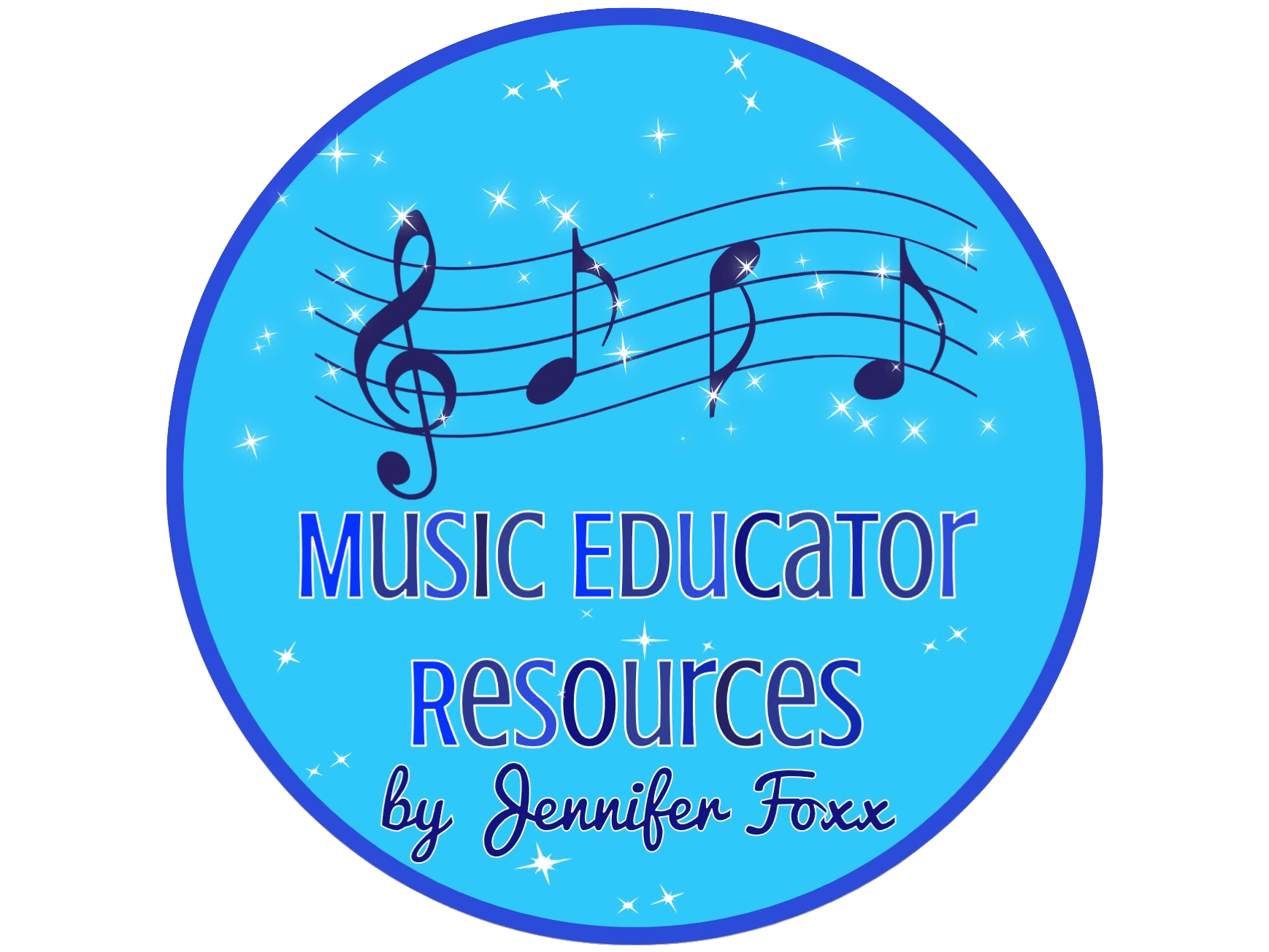
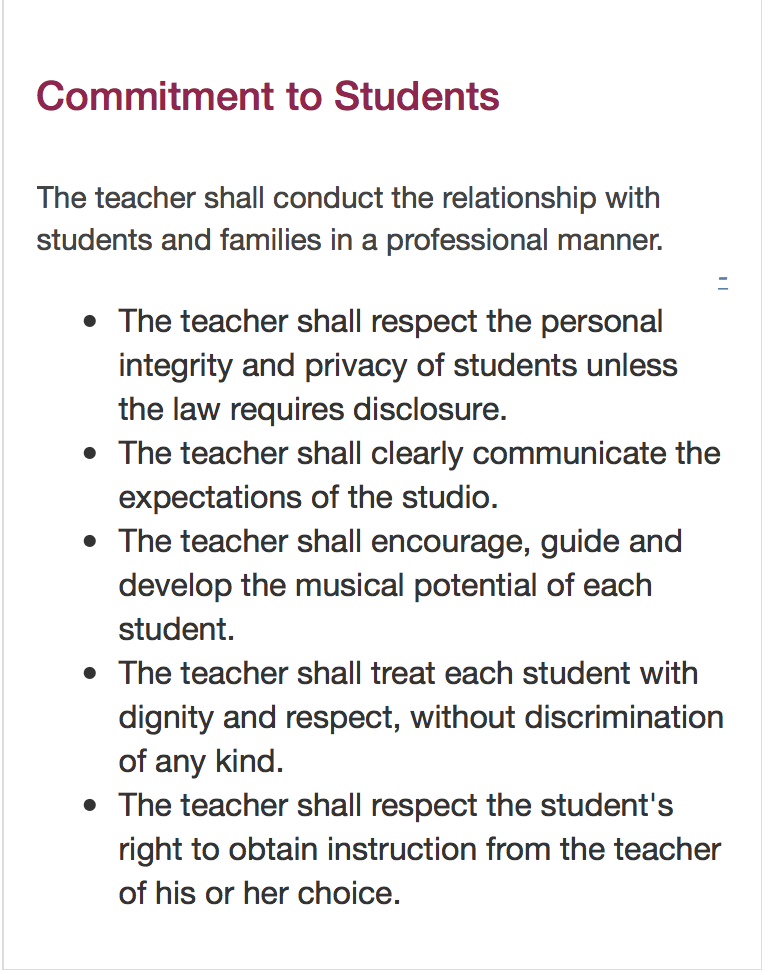

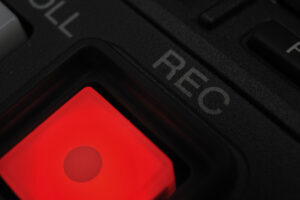
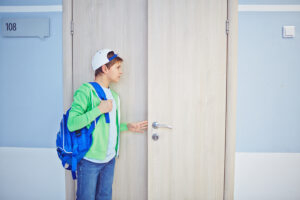
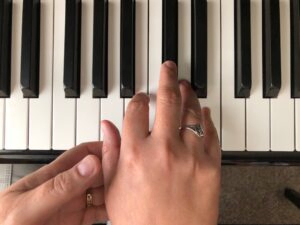


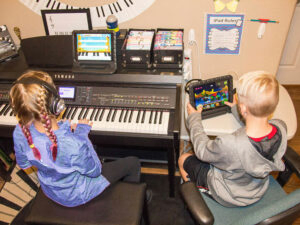
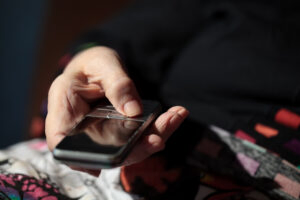


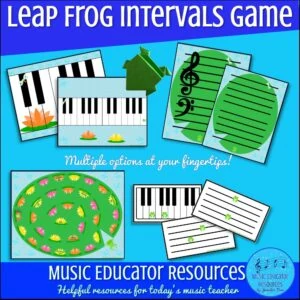
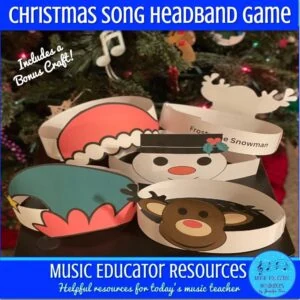
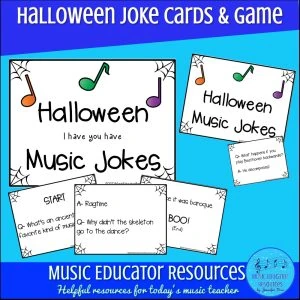
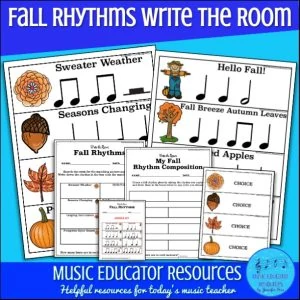
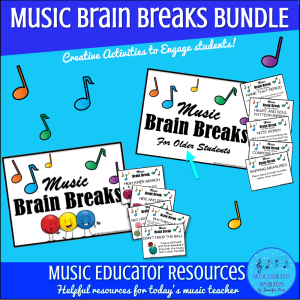
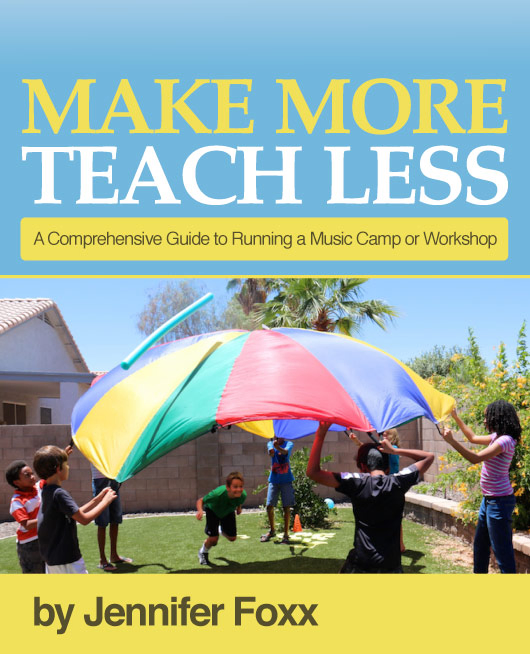
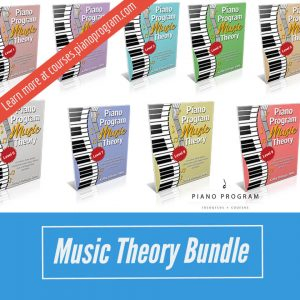
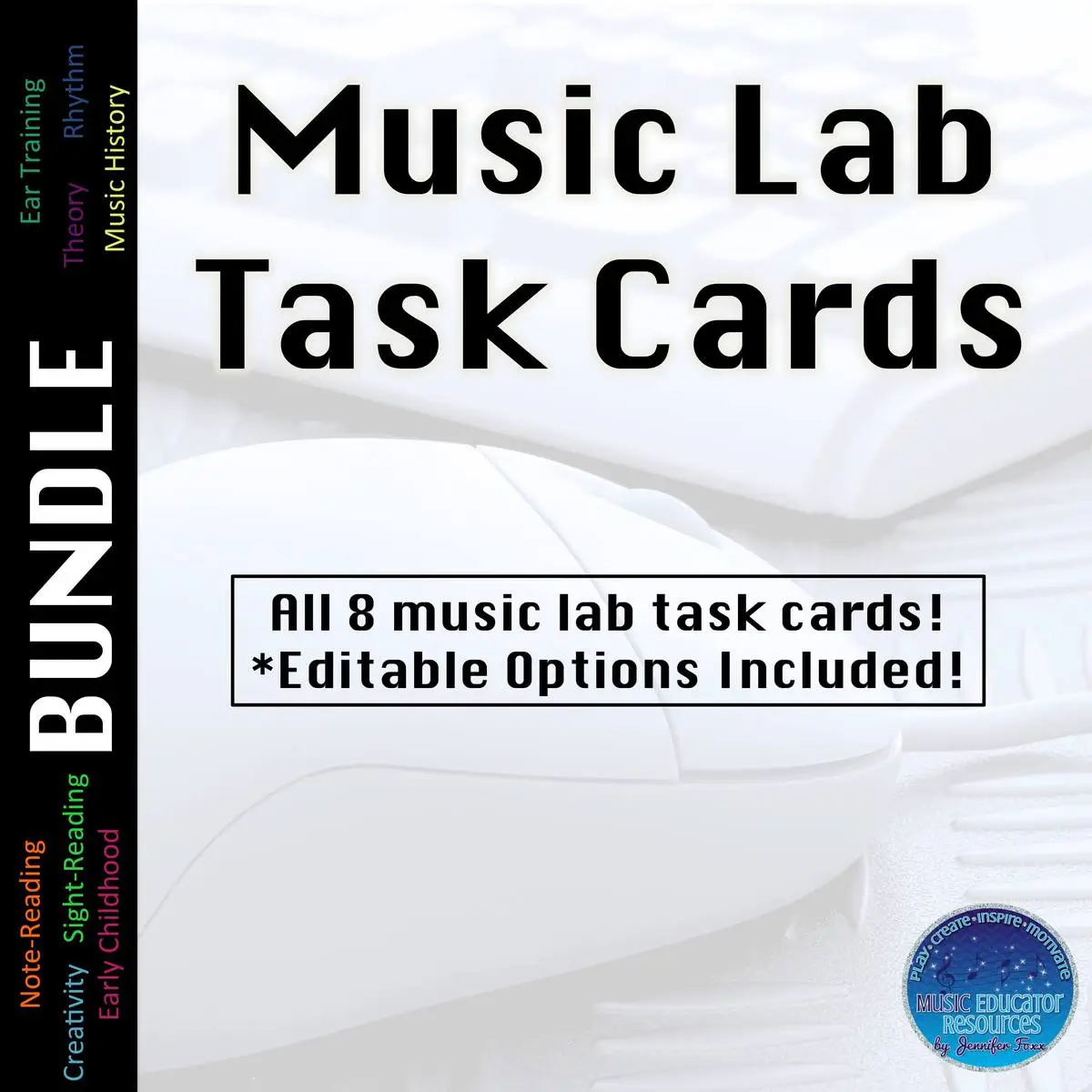
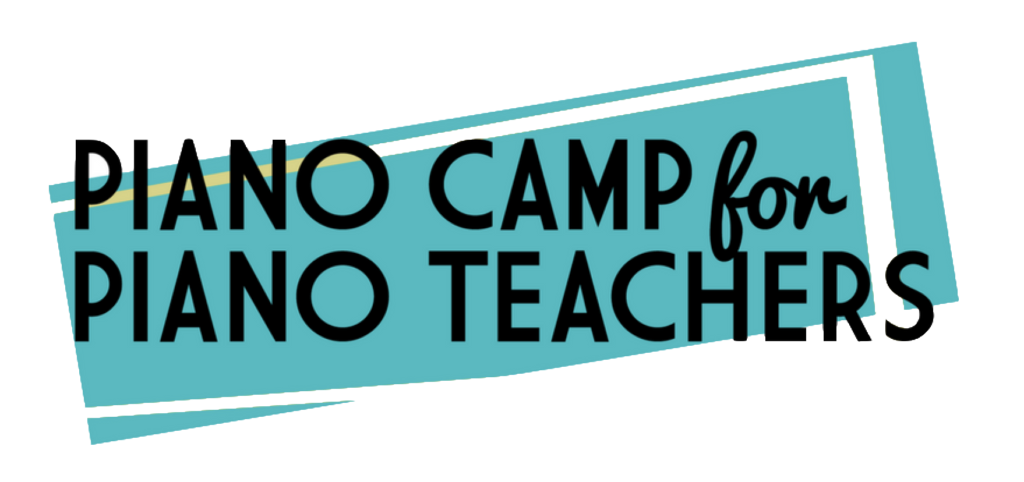
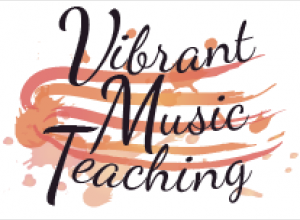

0 Comments
Trackbacks/Pingbacks